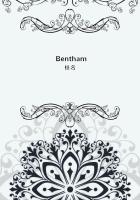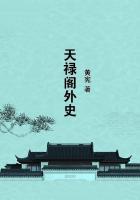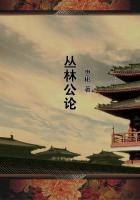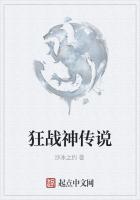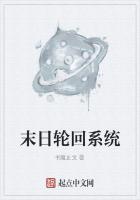At least it is a remarkable coincidence, if it is nothing more, that the Christian and the heathen festivals of the divine death and resurrection should have been solemnised at the same season and in the same places. For the places which celebrated the death of Christ at the spring equinox were Phrygia, Gaul, and apparently Rome, that is, the very regions in which the worship of Attis either originated or struck deepest root. It is difficult to regard the coincidence as purely accidental. If the vernal equinox, the season at which in the temperate regions the whole face of nature testifies to a fresh outburst of vital energy, had been viewed from of old as the time when the world was annually created afresh in the resurrection of a god, nothing could be more natural than to place the resurrection of the new deity at the same cardinal point of the year. Only it is to be observed that if the death of Christ was dated on the twenty-fifth of March, his resurrection, according to Christian tradition, must have happened on the twenty-seventh of March, which is just two days later than the vernal equinox of the Julian calendar and the resurrection of Attis. A similar displacement of two days in the adjustment of Christian to heathen celebrations occurs in the festivals of St.
George and the Assumption of the Virgin. However, another Christian tradition, followed by Lactantius and perhaps by the practice of the Church in Gaul, placed the death of Christ on the twenty-third and his resurrection on the twenty-fifth of March. If that was so, his resurrection coincided exactly with the resurrection of Attis.
In point of fact it appears from the testimony of an anonymous Christian, who wrote in the fourth century of our era, that Christians and pagans alike were struck by the remarkable coincidence between the death and resurrection of their respective deities, and that the coincidence formed a theme of bitter controversy between the adherents of the rival religions, the pagans contending that the resurrection of Christ was a spurious imitation of the resurrection of Attis, and the Christians asserting with equal warmth that the resurrection of Attis was a diabolical counterfeit of the resurrection of Christ. In these unseemly bickerings the heathen took what to a superficial observer might seem strong ground by arguing that their god was the older and therefore presumably the original, not the counterfeit, since as a general rule an original is older than its copy. This feeble argument the Christians easily rebutted. They admitted, indeed, that in point of time Christ was the junior deity, but they triumphantly demonstrated his real seniority by falling back on the subtlety of Satan, who on so important an occasion had surpassed himself by inverting the usual order of nature.
Taken altogether, the coincidences of the Christian with the heathen festivals are too close and too numerous to be accidental. They mark the compromise which the Church in the hour of its triumph was compelled to make with its vanquished yet still dangerous rivals. The inflexible Protestantism of the primitive missionaries, with their fiery denunciations of heathendom, had been exchanged for the supple policy, the easy tolerance, the comprehensive charity of shrewd ecclesiastics, who clearly perceived that if Christianity was to conquer the world it could do so only by relaxing the too rigid principles of its Founder, by widening a little the narrow gate which leads to salvation. In this respect an instructive parallel might be drawn between the history of Christianity and the history of Buddhism. Both systems were in their origin essentially ethical reforms born of the generous ardour, the lofty aspirations, the tender compassion of their noble Founders, two of those beautiful spirits who appear at rare intervals on earth like beings come from a better world to support and guide our weak and erring nature. Both preached moral virtue as the means of accomplishing what they regarded as the supreme object of life, the eternal salvation of the individual soul, though by a curious antithesis the one sought that salvation in a blissful eternity, the other in a final release from suffering, in annihilation. But the austere ideals of sanctity which they inculcated were too deeply opposed not only to the frailties but to the natural instincts of humanity ever to be carried out in practice by more than a small number of disciples, who consistently renounced the ties of the family and the state in order to work out their own salvation in the still seclusion of the cloister. If such faiths were to be nominally accepted by whole nations or even by the world, it was essential that they should first be modified or transformed so as to accord in some measure with the prejudices, the passions, the superstitions of the vulgar.
This process of accommodation was carried out in after ages by followers who, made of less ethereal stuff than their masters, were for that reason the better fitted to mediate between them and the common herd. Thus as time went on, the two religions, in exact proportion to their growing popularity, absorbed more and more of those baser elements which they had been instituted for the very purpose of suppressing. Such spiritual decadences are inevitable.
The world cannot live at the level of its great men. Yet it would be unfair to the generality of our kind to ascribe wholly to their intellectual and moral weakness the gradual divergence of Buddhism and Christianity from their primitive patterns. For it should never be forgotten that by their glorification of poverty and celibacy both these religions struck straight at the root not merely of civil society but of human existence. The blow was parried by the wisdom or the folly of the vast majority of mankind, who refused to purchase a chance of saving their souls with the certainty of extinguishing the species.

